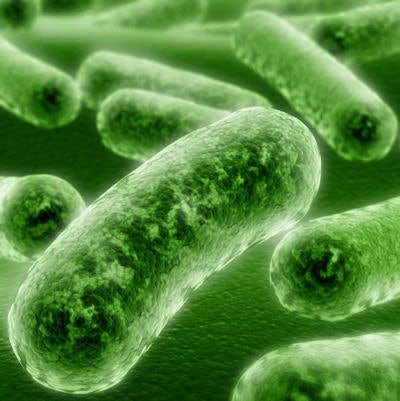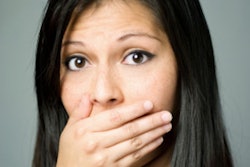
An increase in the activity of a specific salivary enzyme, β-galactosidases, is linked to bad breath in children, according to a recent study in the September issue of the European Journal of Paediatric Dentistry.
Additionally, the researchers found that children who had fixed orthodontic appliances had higher levels of compounds that produce bad breath than those with removable devices or those who didn't undergo orthodontic treatments.
"Like in the adult population, the increase of Sβ-g [salivary β-galactosidases] activity was associated with oral malodor," wrote the authors, led by Micaela Costacurta, DDS, PhD, of the University of Rome Tor Vergata's surgical science department in Italy (Eur J Paediatr Dent, September 2019, Vol. 20:3, pp. 233-236).
Several methods were used to detect bad breath in 50 children at the University of Rome Tor Vergata's pediatric dentistry unit. During dental visits, levels of oral hygiene, tongue coating scores, and the presence of orthodontic devices were recorded. A portable gas chromatography device was used to detect quantities of volatile sulfur compounds and Sβ-g activity.
Using an organoleptic intensity scale of 0 to 5, two different trained operators evaluated and classified the quality of the children's breath. Any child who received a score that was greater than 2, which means the person's breath was classified as having moderate, strong, or severe bad breath, was considered as having halitosis.
The operators found that 54% of the patients had halitosis, according to the study findings.
The researchers also found a significant correlation among the organoleptic scores and the levels of Sβ-g and the volatile sulfur compounds, hydrogen sulfide, and methyl mercaptan.
| Correlation of salivary β-galactosidases and volatile sulfur compounds | ||
| Mean Sβ-g level | 0.664 | |
| Mean hydrogen sulfide level | 0.538 | |
| Mean methyl mercaptan level | 0.316 | |
Furthermore, 10 out of the 50 children who participated in the study had fixed or removable orthodontic devices, the authors noted. When bad breath was measured for the children with orthodontic devices, the researchers found statistically significant higher hydrogen sulfide levels in children wearing fixed appliances.
Though the results show promise, the authors cautioned that they should be considered preliminary since only a very small number of children with orthodontic treatment were included in the study.
However, the findings may help dentists better understand bad breath and how it can be treated in children.
This analysis could help researchers and clinicians to "understand not only the etiology of bad breath but also to provide the most effective therapy," the authors wrote.



















